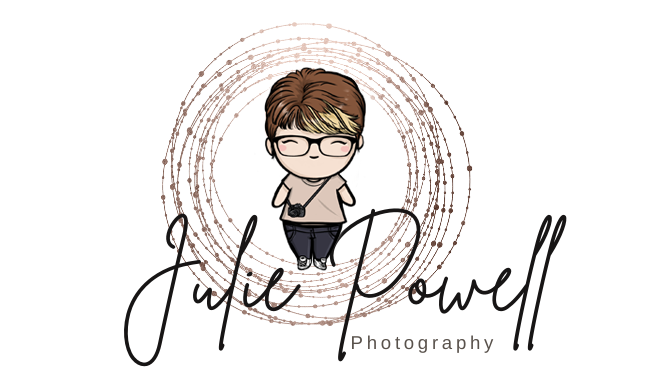Natural vs. Artificial lighting: Choosing the best light for food photography
In the world of food photography, lighting is everything. It can transform a mundane dish into a mouthwatering masterpiece or render even the most delectable delicacy unappetizing. When it comes to lighting, photographers often face a pivotal decision: should they use natural light or artificial light? Each type of illumination has its own unique set of advantages and challenges, making the choice a matter of careful consideration.
Captured using only natural light
The beauty of natural light
Natural light, as the name suggests, is the illumination provided by the sun. It is revered by many food photographers for its ability to enhance the visual appeal of dishes. There are several reasons why natural light is often considered the gold standard in food photography:
Soft and diffused light:
Natural light, particularly during the golden hours of sunrise and sunset, offers soft, diffused lighting. This gentle illumination minimizes harsh shadows and creates a natural, inviting ambience that showcases food beautifully.
True colours:
Natural light is known for rendering colours accurately. When photographing food under natural light, you can expect your images to capture the true vibrancy of each ingredient, enhancing the visual appeal of your dishes.
Texture emphasis:
Natural light brings out the texture of the food, highlighting every crumb, grain, and condensation droplet. This can make the food look more enticing and real to viewers.
Fresh and appetizing:
Natural light has the power to make food appear fresh and appetizing. It imparts a sense of realism that resonates with viewers, making them feel like they could reach into the photo and take a bite.
However, there are some drawbacks to relying solely on natural light for food photography. Natural light is inconsistent, and dependent on the time of day, weather, and geographic location. This makes it challenging for photographers who need to maintain a consistent look across multiple shots or work in a controlled studio environment. Other things to consider when using natural light, are what direction is the light coming from, whether is it direct or indirect. Different times of the year can also affect the colour of the light.
Captured using a Godox AD200 Speedlight
The versatility of artificial light
Artificial lighting, on the other hand, offers greater control and consistency, making it a preferred choice for many professional food photographers. Here are some reasons why artificial light can be a boon to your food photography:
Consistency:
Artificial lighting allows you to maintain the same lighting conditions throughout your shoot, ensuring that your images have a uniform look and feel. It doesn’t matter whether it is constant or flash, you can set the desired light and it will stay the same all day.
Flexibility:
You can adjust artificial lighting to suit your creative vision. Whether you want a soft, diffused light or a dramatic, high-contrast setup, artificial lighting can be tailored to your needs.
No weather dependence:
Unlike natural light, artificial light is not reliant on the time of day, year or weather conditions. This makes it perfect for food photographers working in a controlled studio environment.
Shaping light:
With artificial light, you can use various tools like softboxes, diffusers, and reflectors to shape and control the direction of the light, creating stunning highlights and shadows.
Despite its many advantages, artificial lighting does come with its own set of challenges. The most significant is the potential for an unnatural or sterile look. To avoid this, it’s crucial to carefully adjust the artificial light’s colour temperature to match the setting and type of food you’re photographing. A common mistake is using overly harsh lighting, which can wash out colours and obscure textures.
Captured with constant light and some ambient light as well
Is the hybrid approach the perfect blend?
While the debate between natural and artificial lighting continues, many food photographers have found success in blending these two approaches. By using natural light as the primary source and incorporating artificial lighting for fill or accent, photographers can achieve the best of both worlds.
For instance, you can set up your scene near a large window where natural light floods in. Then, use artificial lighting to fill in shadows or create highlights in specific areas. This hybrid approach offers the benefits of both natural and artificial light while mitigating their respective drawbacks.
Captured using a Godox AD200 Speedlight
Final thoughts
The choice between natural and artificial lighting in food photography ultimately depends on your style, goals, and available resources. Natural light is cherished for its softness, authenticity, and ability to render true colours, while artificial light offers control, consistency, and versatility. Many photographers find that a combination of the two provides the ideal balance, allowing them to capture the essence of the dish while maintaining control over the visual narrative.
Ultimately, the best lighting for food photography is the one that helps you achieve your artistic vision and effectively communicates the deliciousness of the dishes you’re photographing. Whether you choose natural, artificial, or a blend of both, the key is to understand the strengths and weaknesses of each approach and use them to your advantage. With practice, experimentation, and a discerning eye, you can make any dish look irresistible in the perfect light.
Want to learn more about Food Photography? Why not check out my self-paced online classes…I even have a brand-new one coming soon too!







